Navigating the Plywood Shortage: Smart Birch Plywood Alternatives for Consistent Supply
In today's dynamic market, securing a reliable plywood supply, especially birch plywood, can feel like navigating a maze. This article cuts through the complexity to offer you clear insights into the current plywood shortage and presents smart, readily available alternatives, ensuring your projects stay on track without compromising on quality. If you're looking for dependable solutions to the plywood supply challenges, and want to explore alternatives that can keep your business moving forward, then you've come to the right place. Let's dive in and explore how to overcome the plywood puzzle together.
1. Is Birch Ply Gone? Understanding the 2023 Plywood Shortage Impacting Birch Plywood Availability

The question on many minds in the woodworking and construction industries is stark: Is birch ply gone? While it's not entirely vanished, the reality is that birch ply availability has been significantly impacted, especially throughout 2023. The phrase "birch ply gone" isn't an overstatement for many who are struggling to source their usual supply. The plywood shortage is a tangible issue, and understanding its roots is crucial for businesses that rely on this versatile material. For years, Russian birch plywood has been a staple, known for its quality and consistent supply. However, recent global events have disrupted this established flow, leading to significant challenges in the plywood supply chain. This disruption means longer lead times, higher prices, and for some, an inability to secure birch plywood at all. It's not just about inconvenience; this plywood shortage is forcing businesses to rethink their materials, explore alternative options, and adapt to a newNormal in plywood supply.
The impact of this plywood shortage is felt across various sectors. From furniture manufacturers crafting high-end pieces to construction companies relying on ply for structural elements, the pinch is real. Many businesses have built their operations around the consistent characteristics of birch plywood, making the sudden shortage a major operational hurdle. The good news is that while birch plywood from traditional sources may be harder to come by, the industry is resilient and innovative. The focus is now shifting towards identifying viable alternative materials and diversifying supply chains to ensure continued production and project completion. Understanding the depth of the current situation is the first step in finding effective solutions and ensuring a stable plywood supply moving forward.
2. Why Was Russian Birch Ply the Go-To Board for So Many Industries?
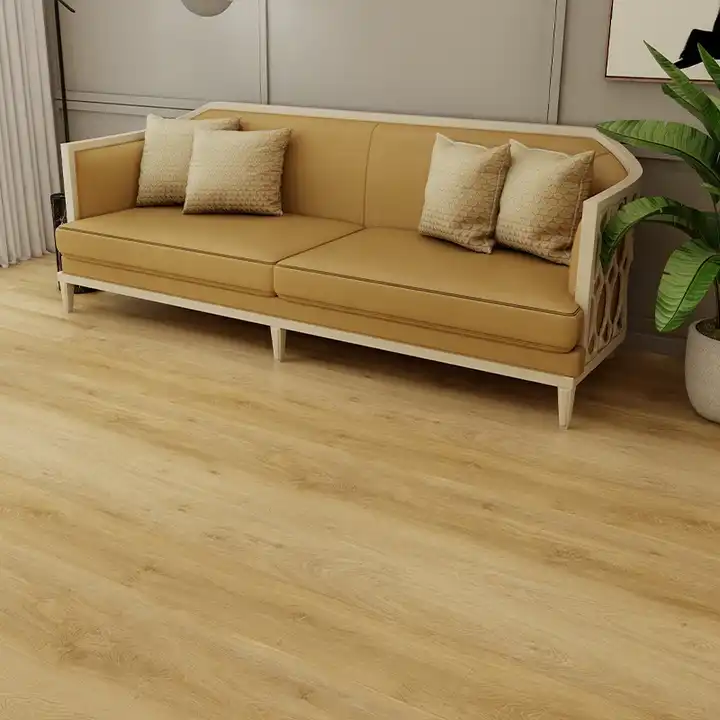
Before we delve into alternative solutions, it's important to understand why Russian birch ply became such a dominant material. For many years, Russian birch plywood was considered the "go-too board" for a wide range of industries, and for good reason. Its appeal wasn't just about price; it was a combination of quality, workability, and availability that made it so popular. The unique properties of birch wood itself contributed significantly to this preference. Birch is a hardwood known for its fine grain, consistent colour, and high strength. These natural characteristics translate beautifully into plywood. Birch plywood is renowned for its smooth, even surface, making it ideal for applications requiring a decorative finish, such as furniture, cabinet making, and interior panelling. It also fixes very well and is easy to machine, appealing to woodworkers who value precision and a clean finish.
Beyond its aesthetic and workability, Russian birch ply also offered excellent structural properties. It's reasonably strong and resistant to bowing, making it suitable for both structural and non-structural applications. This versatility meant that manufacturers could rely on a single type of plywood for diverse needs, simplifying their stock and procurement processes. Furthermore, the consistent availability and reliable supply from Russian manufacturers over the years built trust and dependency within the global market. The established relationships and efficient logistics further solidified Russian birch ply as the preferred choice. This combination of high quality, consistent performance, and reliable plywood supply made it the industry standard, and explains why the current plywood shortage is causing such a significant ripple effect.
3. What Triggered the Plywood Shortage? Examining the Russia and Ukraine Conflict Impact on Plywood Supply
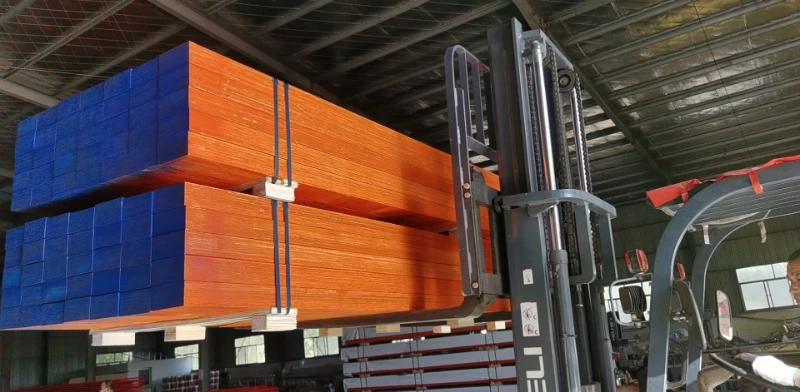
The current plywood shortage, particularly impacting birch plywood, can be largely attributed to geopolitical events, specifically the invasion of Ukraine by Russia. Russia has been a major global exporter of birch ply, and the conflict has severely disrupted this plywood supply chain. International sanctions imposed on Russia following the invasion of Ukraine have directly impacted the export of russian timber products, including plywood. Many countries, including the U.S. and EU, have imposed trade restrictions, effectively cutting off or significantly reducing the import of russian wood. This has created a void in the market that is proving difficult to fill quickly.
Furthermore, the conflict itself has directly impacted production within both Russia and Ukraine. Ukraine has also been a player in the timber industry, and the war has understandably halted or severely limited production and export capabilities. The logistical challenges have been immense. Shipping routes have been disrupted, and container availability has been further strained, exacerbating existing global supply chain issues. Adding to the complexity, concerns have been raised about ukraine to be “conflict timber”, further complicating the sourcing of wood from the region. While international timber certification bodies FSC and certification bodies FSC and PEFC aim to ensure responsible forestry, the current situation makes traceability and certification more challenging. The confluence of sanctions, conflict-related production disruptions, and logistical nightmares has created a perfect storm, resulting in the significant plywood shortage we are experiencing today. This situation underscores the vulnerability of global supply chains to geopolitical instability and highlights the urgent need for diversification and alternative sourcing strategies.
4. Are There Viable Plywood Alternatives to Birch Plywood? Exploring Options Beyond Traditional Birch Ply
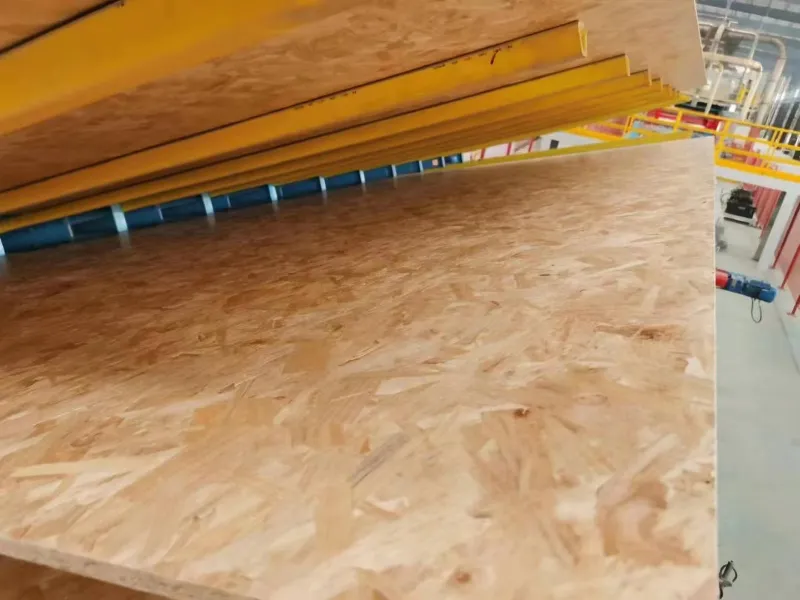
Faced with the birch ply scarcity, the industry is actively seeking viable plywood alternatives. The good news is that yes, there are indeed alternative options that can help bridge the gap and ensure a continued plywood supply. While birch plywood holds a special place due to its unique properties, other plywood types and even engineered wood panel products can serve as effective substitutes in many applications. The key is to understand the specific requirements of your project and identify an alternative that meets those needs in terms of strength, appearance, workability, and availability.
One promising alternative gaining traction is eucalyptus plywood. Other options include poplar plywood, maple plywood, and even high-quality OSB board for certain structural applications. The choice of the best alternative will depend on factors like the intended use – whether it's for furniture, construction, or decorative purposes – as well as budget and desired aesthetic. Exploring these alternatives is not just about coping with the plywood shortage; it's also an opportunity to potentially discover materials that offer unique advantages and broaden your material palette. By carefully evaluating the characteristics of each alternative, businesses can make informed decisions and ensure they maintain both quality and plywood supply continuity.
5. Eucalyptus Plywood: Could This Hardwood Be the Colourful and Durable Alternative to Birch Plywood You Need?
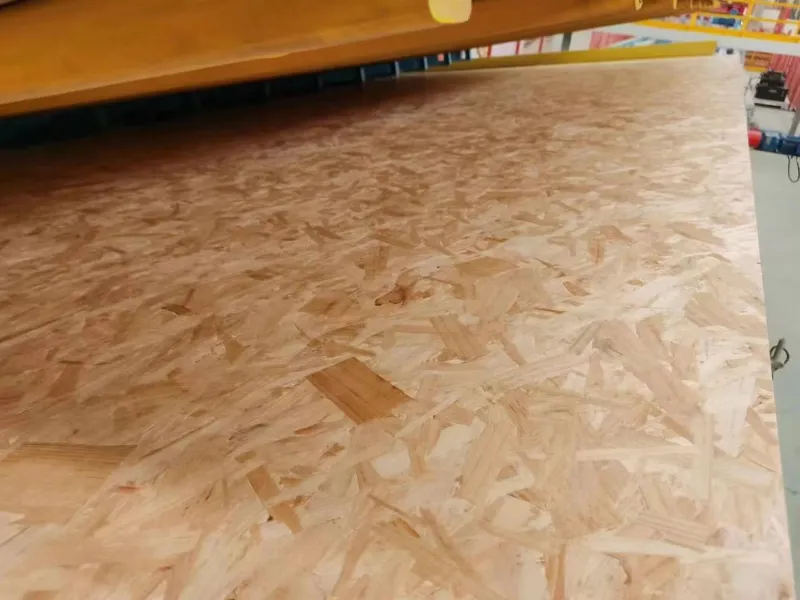
Among the plywood alternatives emerging in the wake of the birch ply challenges, eucalyptus plywood stands out as a particularly compelling option. Eucalyptus is a fast-growing hardwood species, making it a more sustainable and readily renewable resource compared to slower-growing birch. This inherent sustainability is increasingly important in today's market, where environmental considerations are playing a larger role in material selection. But beyond its eco-friendly aspect, eucalyptus plywood offers a range of properties that make it a strong contender as a birch ply alternative.
Eucalyptus plywood is known for its durability and strength, often comparable to birch plywood, making it suitable for many structural and load-bearing applications. It also offers a unique aesthetic appeal. While birch plywood is prized for its pale, uniform colour, eucalyptus can exhibit a warmer, more varied colour and grain, which can be quite attractive, especially for projects where a natural wood look is desired. Some varieties of eucalyptus plywood are even marketed for their colour variations, offering designers and manufacturers a broader palette to work with. Specifically, globulus eucalyptus plywood is gaining attention for its quality and performance. While it might have a slightly different colour profile than birch, it retains many of the desirable working properties and strength characteristics. For those seeking a robust and visually interesting plywood alternative, eucalyptus plywood presents a very promising solution.
6. How Does Eucalyptus Plywood Stack Up Against Birch Plywood in Real-World Woodworking Applications?
When considering eucalyptus plywood as a birch ply alternative, a practical question arises: how does it actually perform in real-world woodworking applications? While birch plywood has a long-established track record, eucalyptus plywood is proving to be a highly capable substitute in many scenarios. In terms of strength and stability, eucalyptus plywood is often comparable, and in some cases, even surpasses birch plywood. This makes it suitable for structural applications, as well as furniture making where durability is key. Like birch plywood, eucalyptus plywood is also resistant to bowing and maintains dimensional stability well.
Workability is another crucial factor for woodworkers. Eucalyptus plywood, similar to birch ply, is generally easy to machine and sand. It paint very well and can be sanded and finished to a smooth surface, making it adaptable to various finishing techniques. For applications where visual appearance is paramount, such as "pretty ‘furniture’ board," both birch and eucalyptus plywood offer attractive surfaces. While birch has a paler, more uniform tone, eucalyptus can bring a warmer, more varied grain pattern, which some may find even more appealing for certain decorative styles. For projects like "especially van conversions" or custom cabinetry, where both structural integrity and aesthetic appeal are important, eucalyptus plywood offers a compelling blend of performance and visual character, making it a truly viable alternative to birch plywood.
7. What Are the Pro’s and Con’s of Switching to Eucalyptus Plywood as a Birch Ply Alternative in 2023?
Making the switch to eucalyptus plywood as a birch ply alternative involves weighing the pro’s and con’s. Understanding these trade-offs is crucial for making informed decisions for your business in 2023.
Pro’s of Eucalyptus Plywood:
- Sustainability: Eucalyptus is a fast-growing, renewable resource, offering a more environmentally friendly option compared to birch.
- Availability: Eucalyptus plywood stock is available from various suppliers, potentially offering a more stable plywood supply amidst the birch ply shortage.
- Durability and Strength: Comparable to birch plywood in many applications, offering robust performance for both structural and non-structural uses.
- Unique Aesthetics: Warmer tones and varied grain patterns can be visually appealing for decorative applications and offer a different aesthetic dimension.
- Cost-Effectiveness: In some regions, eucalyptus plywood may be available at a more competitive price point than birch plywood, especially given current market fluctuations.
Con’s of Eucalyptus Plywood:
- Colour Variation: The colour and grain of eucalyptus plywood can be less uniform than birch plywood, which may not be ideal for projects requiring a consistently pale and even surface.
- Perceived Brand Familiarity: Birch plywood, especially baltic birch plywood, has a long-standing reputation and brand recognition, which eucalyptus plywood may not yet fully match in all markets.
- Potential for Different Finishing Characteristics: While generally paintable, some eucalyptus plywood varieties might require slightly adjusted finishing techniques compared to birch plywood to achieve the desired result.
- Moisture Sensitivity: Like all plywood, eucalyptus plywood grade and treatment will dictate its suitability for external applications. Ensure you select an external grade plywood if needed to perform outside.
Despite these cons, for many applications, the pro’s of eucalyptus plywood as a birch ply alternative brilliantly we’d suggest outweigh the cons, especially in the context of the current plywood shortage. Careful consideration of your specific project needs will guide you in determining if eucalyptus plywood is the right alternative for you.
8. Beyond Eucalyptus: What Other Plywood Alternatives Can Ensure a Stable Plywood Supply?
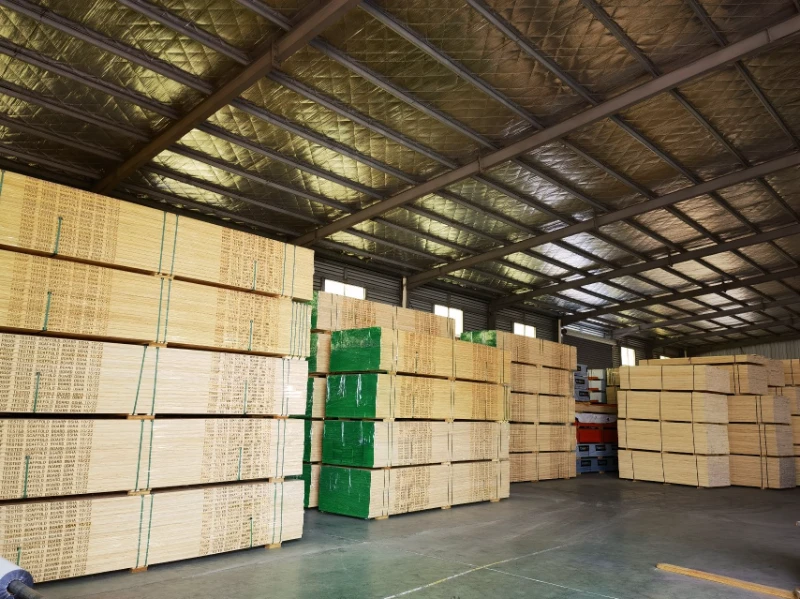
While eucalyptus plywood is a leading contender as a birch ply alternative, it's important to explore other options to diversify your plywood supply and mitigate risks associated with relying on a single alternative. Beyond eucalyptus, several other plywood types and engineered wood products can serve as effective substitutes, depending on your specific needs.
- Poplar Plywood: Poplar plywood is another readily available option. It's generally lighter in colour than birch and eucalyptus, and while it may be slightly less dense than birch plywood, poplar plywood still offers good strength-to-weight ratio. It's often used in furniture components, drawer sides, and applications where weight is a concern. Different grades of poplar plywood exist, and selecting a high-quality grade will ensure adequate performance.
- Maple Plywood: Maple plywood is known for its smooth surface and light colour, similar to birch. It's a hardwood option that offers good strength and workability, making it suitable for cabinetry and furniture applications. However, maple plywood might be at a higher price point than eucalyptus or poplar plywood.
- Radiata Pine Plywood: Radiata pine plywood is a softwood option that is widely available and often used in construction and structural applications. While it might not have the same smooth surface finish as birch plywood, radiata pine plywood can be a cost-effective alternative for projects where appearance is less critical, or where painting the panels is planned.
- OSB Board (Oriented Strand Board): For certain structural applications, OSB board can be considered as an alternative to plywood. OSB offers good strength and rigidity, and is often used for subflooring, wall sheathing, and roof decking. While it doesn't have the same aesthetic appeal as plywood, OSB board is a cost-effective and readily available engineered wood panel product. For floor underlayment or concealed structural elements, OSB can be a practical solution.
Exploring this broader offering of products ensures that you are not solely dependent on birch plywood or even a single alternative like eucalyptus. Diversifying your plywood supply strategy will enhance your resilience in the face of market fluctuations and potential future plywood shortage situations.
9. Finding a Reliable Plywood Supplier in Times of Shortage: What to Look For?
In a market experiencing a plywood shortage, securing a reliable plywood supplier becomes even more critical. It's not just about finding any supplier; it's about partnering with one who can provide consistent plywood supply, maintain high quality, and offer transparency and reliable service. When searching for a supplier in the current climate, consider the following:
- Direct Factory Source: Whenever possible, aim to source directly from a manufacturer or a factory-direct supplier. This can often lead to better pricing, more control over quality, and a more secure plywood supply chain compared to going through multiple intermediaries. Jsylvl is a factory specializing in engineered wood products, offering a direct source for your needs.
- Product Range and Flexibility: Look for a supplier with a diverse offering of products, including not just plywood but also alternative engineered wood products like LVL timber and OSB board. A broader product range provides more flexibility in sourcing solutions and adapting to material availability.
- Quality Control and Certifications: Inquire about the company’s quality control processes and certifications. Certifications like FSC or PEFC for sustainable forestry, and certifications verifying structural performance, are indicators of a commitment to high-quality and responsible sourcing. Don't hesitate to ask for detailed product specifications and quality reports.
- Geographic Diversification: Consider suppliers from different geographic regions to reduce reliance on any single source, especially those regions currently impacted by geopolitical instability. Exploring suppliers in countries outside of the traditional russian and ukraine supply chains can enhance your plywood supply resilience.
- Communication and Transparency: Choose a supplier who is communicative, transparent about their stock levels and lead times, and responsive to your inquiries. Clear and open communication is essential for managing expectations and navigating potential supply chain challenges.
By focusing on these factors, you can identify a reliable plywood supplier who can help you navigate the current shortage and build a more secure and sustainable plywood supply chain for the long term.
10. Ensuring High-Quality Plywood Supply: What Certifications and Standards Should You Prioritize?

In the quest for a stable plywood supply, never compromise on high quality. Certifications and adherence to industry standards are your key tools for verifying the quality and compliance of the plywood you source. Prioritizing these aspects is crucial for ensuring the performance, safety, and longevity of your projects. When evaluating plywood and suppliers, pay close attention to the following:
- Structural Certifications: For structural plywood applications, ensure the plywood is certified to relevant building codes and standards in your target market (e.g., U.S., Europe, Australia). Look for certifications that verify the plywood’s strength, stiffness, and load-bearing capacity. For example, for structural LVL timber, certifications are paramount.
- Formaldehyde Emission Standards: Be mindful of formaldehyde emission standards, especially for interior applications. Certifications like CARB (California Air Resources Board) compliance or similar European standards ensure that the plywood meets low-emission requirements, contributing to healthier indoor environments. LVL For Doors and furniture components especially benefit from low-emission certification.
- Sustainable Forestry Certifications: Certifications like FSC (Forest Stewardship Council) and PEFC (Programme for the Endorsement of Forest Certification) indicate that the timber used in the plywood comes from responsibly managed forests. These certifications are increasingly important for demonstrating environmental responsibility and meeting customer demand for sustainable products. Sourcing certification is a key aspect of responsible procurement.
- Moisture Content and Grade: Inquire about the plywood’s moisture content and grading standards. Proper moisture content is essential for preventing warping and ensuring dimensional stability. Understand the grading system used (e.g., veneer grades for plywood) and ensure it aligns with your application requirements. For film faced plywood and formply, the surface finish and durability are also critical quality aspects.
- Lamination Quality: For plywood, the quality of lamination is crucial for its strength and resistance to delamination. Ask about the adhesives used and the manufacturing processes to ensure robust lamination. For LVL Timber (Engineered Wood Products), lamination quality is paramount for structural integrity.
By diligently checking for these certifications and standards, and by working with reputable suppliers who prioritize high quality, you can ensure that your plywood supply remains reliable and meets the performance and compliance requirements of your projects, even amidst market challenges.
- Birch plywood supply is constrained: Acknowledge the reality of the plywood shortage and birch ply scarcity.
- Explore eucalyptus plywood: Consider eucalyptus plywood as a strong and sustainable alternative.
- Diversify your plywood options: Look beyond birch and eucalyptus to poplar, maple, pine plywood, and even OSB board where appropriate.
- Prioritize reliable suppliers: Seek factory-direct sources like Jsylvl and emphasize communication and transparency.
- Demand quality and certifications: Verify structural, emission, and sustainability certifications to ensure high-quality plywood supply.
- Adapt and innovate: Embrace alternative materials and sourcing strategies to build a resilient plywood supply chain.
By taking these steps, you can effectively navigate the current plywood shortage, secure a consistent plywood supply, and maintain the quality and success of your projects. Remember, adapting to change and exploring new solutions is key to thriving in today's dynamic market.
Post time: Feb-08-2025




